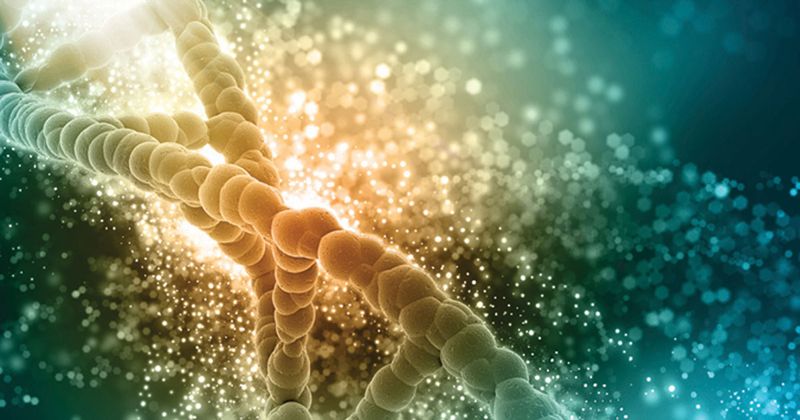Adalimumab biosimilar achieves pharmacokinetic similarity in interchangeability study
The adalimumab biosimilar Hadlima achieved its pharmacokinetic similarity endpoints in a phase 4 interchangeability study, according to a press release from the manufacturer.
“The primary objective of the study was to assess the pharmacokinetic similarity between two treatment groups: patients with moderate to severe plaque psoriasis who switched multiple times between Humira (ADL) and high-concentration SB5 versus patients receiving ADL continuously,” the release from Samsung Bioepis said.

According to the company, the phase 4, randomized, double-blind, parallel-group, multiple-dose, active comparator, multicenter clinical study included 371 patients who had never been treated with adalimumab (Humira, AbbVie). Participants underwent a lead-in period of 13 weeks where they received adalimumab. Those who achieved a 50% or greater reduction in psoriasis area and severity index scores at 13 weeks were then randomized 1:1 to either switch between Hadlima (adalimumab-bwwd; Samsung Bioepis, Organon) and adalimumab or continue receiving adalimumab.
According to the press release, Hadlima achieved all primary pharmacokinetic endpoints, which included AUCtau and Cmax at weeks 23 to 25.
According to the company, 90% CIs were “fully included” in the pre-defined margins when comparing the multiple-switching group and those who continued with adalimumab only. The 90% CI for the ratio of geometric least squares mean of AUCtau for week 23 to 25 (0.8007, 1.1115) was included in the pre-defined margin of 0.8 and 1.25. Meanwhile, the 90% CI for the ratio of geometric least squares mean of Cmax for week 23 to 25 (0.8637, 1.1433) was also included in the pre-defined margin of 0.8 and 1.25, the company wrote.
In addition, safety and efficacy endpoints were comparable between the groups, the release said.
Hadlima first received FDA approval in 2019 as a 50 mg/mL prefilled syringe or prefilled autoinjector. A higher-concentration 100 mg/mL formulation was later approved in August 2022. The biosimilar entered the U.S. marketplace on July 1 as one of several adalimumab biosimilars to become commercially available following patent disputes with AbbVie.
Another adalimumab biosimilar, Cyltezo (adalimumab-adbm, Boehringer Ingelheim), the first biosimilar indicated for certain inflammatory diseases to achieve the interchangeable designation from the FDA, also entered the U.S. marketplace on July 1.
Interchangeable biosimilars are drugs that may be disbursed at the pharmacy in place of its biologic originator without additional approval from the prescriber — subject to state pharmacy laws.
Hadlima is indicated for the treatment of rheumatoid arthritis, juvenile idiopathic arthritis, psoriatic arthritis, ankylosing spondylitis, Crohn’s disease and ulcerative colitis.

